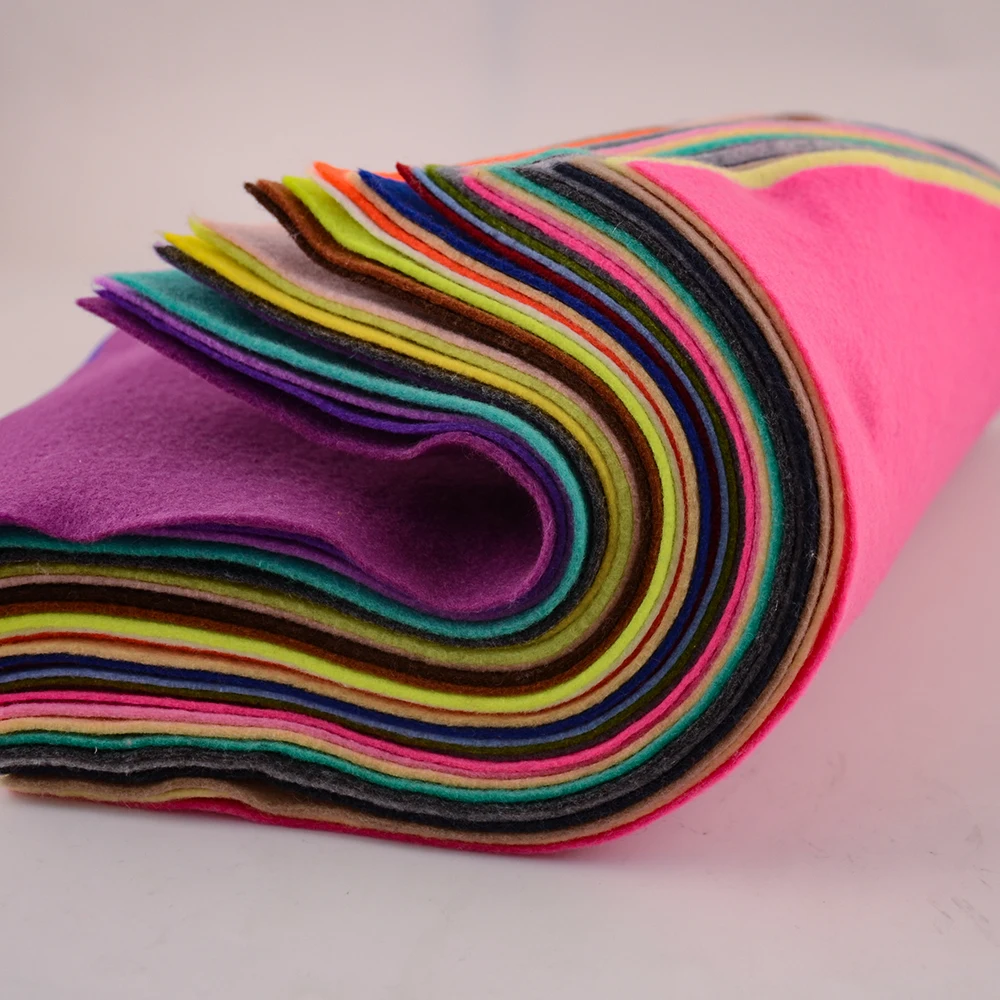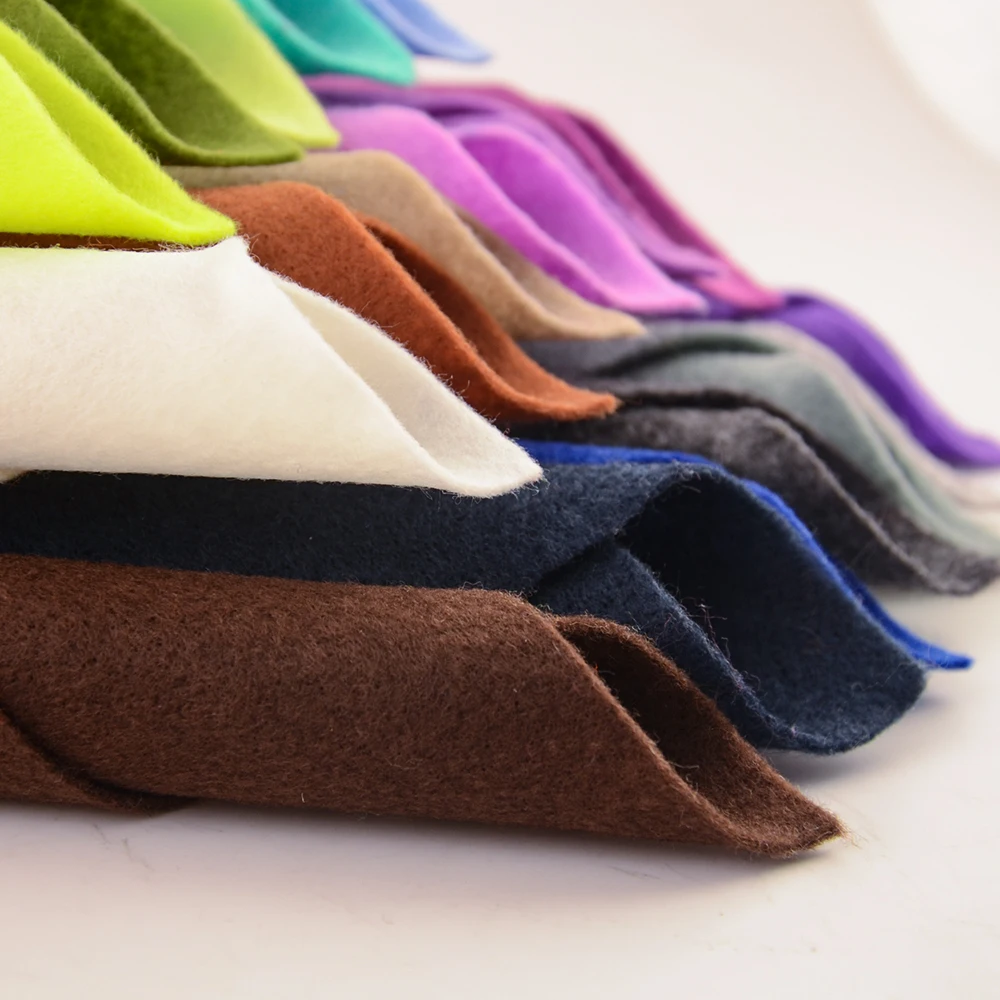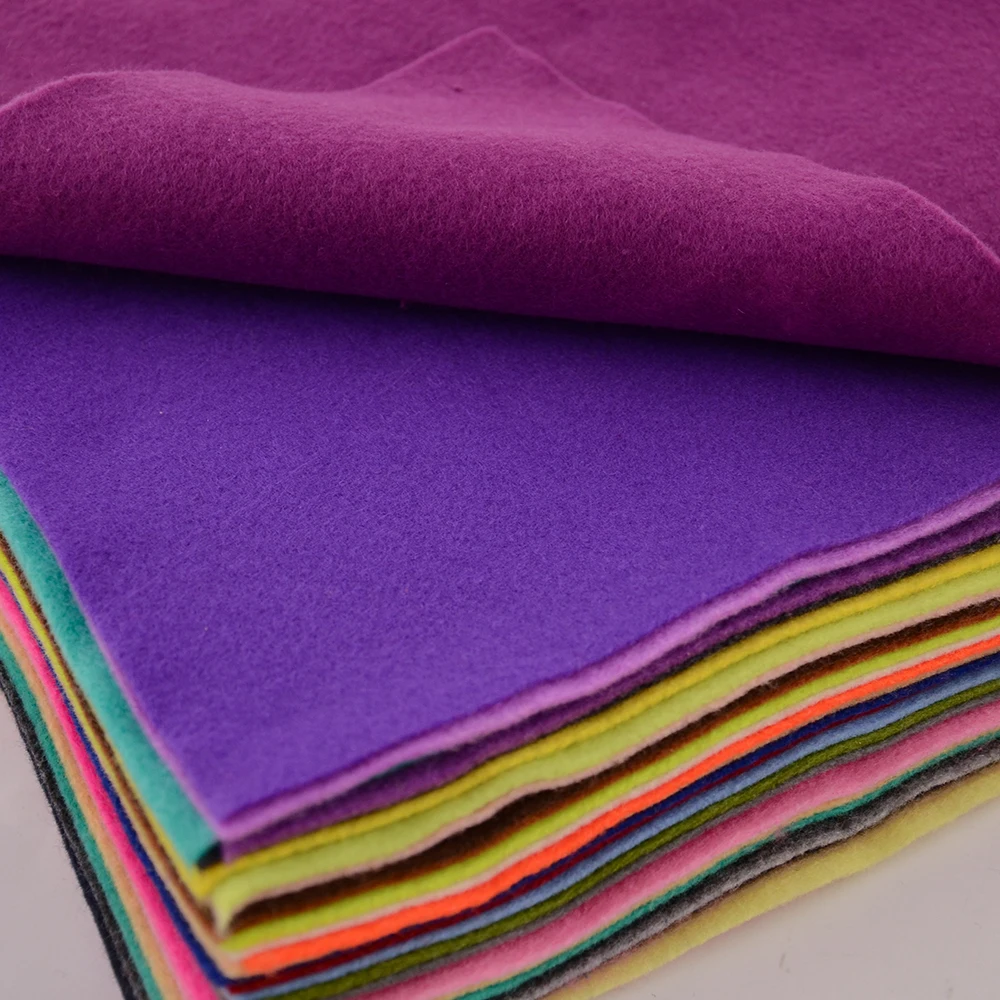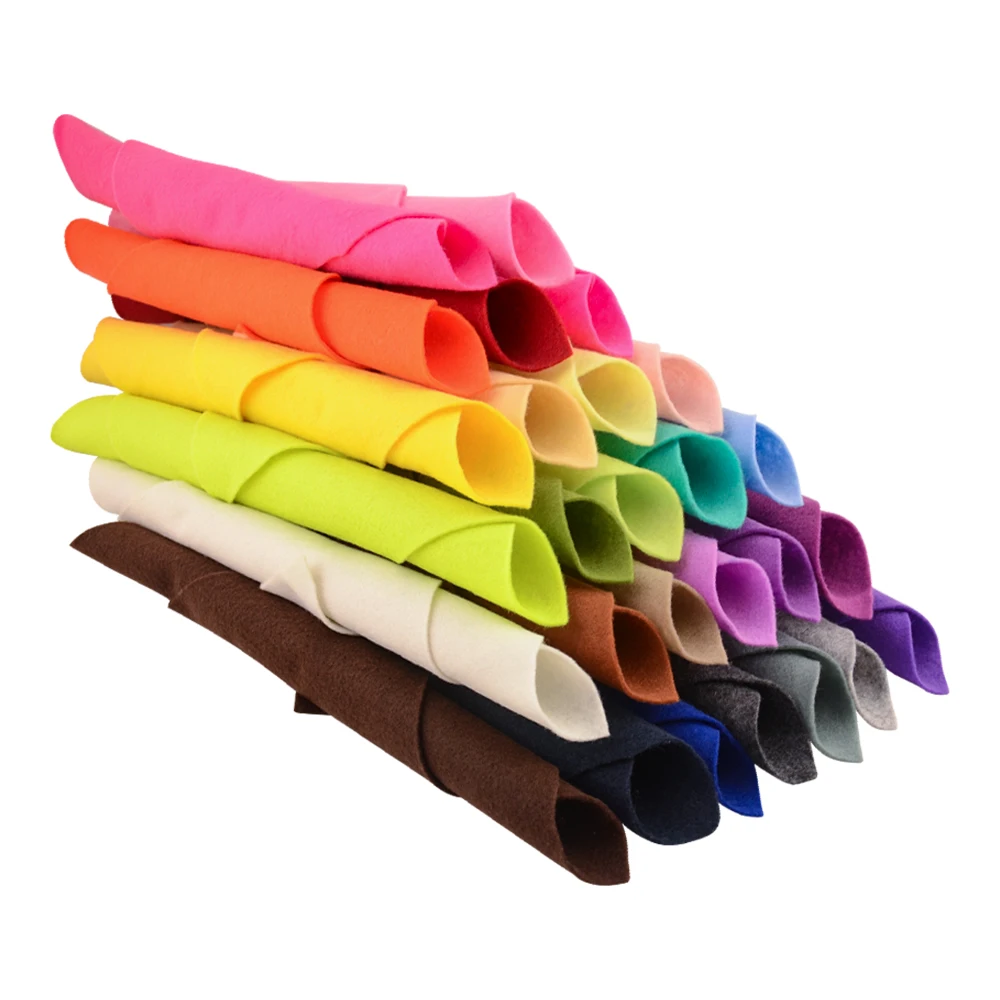Getting paint out of fabric can be a daunting task, but with the right techniques and materials, it’s entirely possible to restore your fabrics to their original state. Whether you’re dealing with a fresh spill or a dried stain, understanding the best methods to tackle paint stains can save your favorite clothes, upholstery, or linens. This guide covers effective techniques for removing paint from fabric, including preventative measures to avoid future mishaps.
Understanding the Types of Paint
Water-Based vs. Oil-Based Paint
Before attempting to remove paint from fabric, it’s crucial to identify the type of paint involved. Water-based paints, such as acrylic or latex, are generally easier to remove because they can be dissolved with water. In contrast, oil-based paints require solvents for effective removal, making the process slightly more complex.
Water-based paints tend to dry quickly and may leave behind a visible stain if not addressed promptly. They are often used for home improvement projects and crafts due to their low toxicity and easy cleanup. On the other hand, oil-based paints are known for their durability and are commonly used in professional settings. However, their stubbornness on fabric can be a significant challenge.
Identifying the Fabric Type
Different fabrics respond differently to paint removal techniques. Natural fibers like cotton and linen tend to absorb liquids more readily, making them more susceptible to staining. Synthetic fibers, such as polyester and nylon, may resist some methods but can also be damaged by harsh chemicals. Always check the care label on your fabric before proceeding with any cleaning method to ensure you don’t inadvertently cause further damage.

Immediate Steps to Take After a Paint Spill
Act Quickly
When a paint spill occurs, timing is crucial. The faster you act, the better your chances of completely removing the stain. Begin by gently blotting the area with a clean cloth or paper towel to absorb as much of the paint as possible. Avoid rubbing, as this can push the paint deeper into the fabric fibers.
Use Cold Water
For water-based paints, immediately rinse the stained area under cold running water. Hold the fabric with the stained side facing down so that the water can push the paint out of the fibers. For oil-based paints, skip the water step initially and move on to scraping off excess paint with a dull knife or spoon. This helps to remove any thick layers without spreading the stain.
Cleaning Techniques for Water-Based Paint
Using Soap and Water
After rinsing, apply a mild liquid soap directly to the stain. Gently work it into the fabric using your fingers or a soft brush. Allow the soap to sit for about 10 minutes before rinsing the area under cold water. Repeat this process until the paint begins to lift.
Rinsing and Washing
Once the majority of the paint is gone, rinse the fabric thoroughly. For machine-washable items, launder them as per the care label instructions. Ensure the stain is completely removed before drying, as heat can set any remaining paint, making it nearly impossible to remove later.
Cleaning Techniques for Oil-Based Paint
Using Paint Thinner or Solvent
Removing oil-based paint requires a different approach. Start by placing a paper towel or cloth under the stained area to catch any drips. Apply a small amount of paint thinner or a solvent like rubbing alcohol to a clean cloth and gently dab the stain. Work from the outside in to prevent spreading.
Rinsing and Laundering
After the paint has lifted, rinse the area with cold water to remove any residue from the solvent. If necessary, repeat the dabbing process until no paint remains. Finally, launder the fabric according to the care instructions. Again, check for complete stain removal before drying.
Alternative Methods for Stubborn Stains
Using Vinegar and Baking Soda
For particularly stubborn paint stains, consider using a mixture of vinegar and baking soda. Create a paste by combining equal parts of both ingredients. Apply the paste to the stain and allow it to sit for about 30 minutes. The natural properties of vinegar and baking soda work together to break down the paint, making it easier to remove.
Rinsing and Final Cleaning
After the paste has dried, gently scrub the area with a soft brush or cloth. Rinse the fabric thoroughly under cold water and proceed to wash it as directed. This method is effective for both water-based and oil-based paints, although it may take some additional effort for tougher stains.

Preventative Measures for Future Stains
Use Protective Covers
To prevent future paint stains, consider using protective covers or drop cloths when working on painting projects. These can catch any spills before they reach your fabric items. Additionally, wearing an old shirt or apron can save your favorite clothes from accidental splashes.
Establish a Designated Painting Area
If you frequently paint, establish a designated area for projects. Choose a space that is away from your living areas and covered with protective materials. This will not only minimize the risk of paint on your clothes but also create a more organized and efficient workspace.
Additional Tips for Specific Fabrics
Handling Delicate Fabrics
For delicate fabrics like silk or wool, it’s best to take extra care. Always perform a patch test with any cleaning solution on an inconspicuous area before applying it to the stain. You may also want to consult a professional cleaner, especially for expensive or sentimental items.
Addressing Upholstery Stains
If paint has splattered on upholstery, follow similar steps as you would for clothing. Use a gentle dabbing technique with a cloth soaked in the appropriate solvent for oil-based paints, or water for water-based paints. Be careful not to saturate the fabric, as this can lead to water marks or damage.
When to Seek Professional Help
Assessing Damage
Sometimes, despite your best efforts, a paint stain may remain stubbornly in place. If you’ve tried multiple techniques and the stain persists, it may be time to seek professional cleaning services. They have access to specialized tools and solvents that can effectively treat even the most stubborn stains without damaging the fabric.
Cost Considerations
While professional cleaning can be more expensive than DIY methods, consider the value of the item and whether it is worth the investment. If the fabric is particularly valuable or holds sentimental value, a professional may be the best option to ensure the best results.

DIY Fabric Paint Prevention
Homemade Fabric Protectants
Creating a homemade fabric protectant can help shield your items from future paint spills. A mixture of equal parts water and white vinegar can act as a natural barrier. Lightly spray the solution onto your fabric and let it dry completely before using it for painting. This can provide a temporary shield against stains while allowing the fabric to breathe.
Custom Drop Cloths
If you often engage in painting projects, consider making custom drop cloths tailored to your specific needs. Using inexpensive fabric or old sheets, you can create covers that fit your furniture or specific areas where you paint. This not only protects your surfaces but also adds a personal touch to your workspace.
Conclusion
Removing paint from fabric requires prompt action and the right techniques. By understanding the differences between paint types, using appropriate cleaning methods, and taking preventative measures, you can effectively restore your fabrics to their original condition. Whether you’re dealing with a simple water-based paint spill or a challenging oil-based stain, the methods outlined in this guide will help you tackle paint stains confidently and effectively. Remember, when in doubt, always test a small area first and don’t hesitate to seek professional help for valuable or delicate items. With the right approach, you can keep your fabrics looking pristine for years to come.









